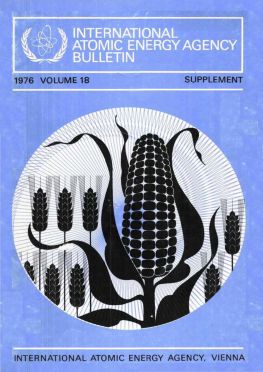It may be seen that with advent of the green revolution, the per capita availability of food has shown an increase during the past decade, although population increase during the period has been significant. Currently, the gap between estimated requirement and availability is small and gives the hope that the country can be self-sufficient in the near future. The national averages often do not tell the full story as economic factors lead to uneven distribution of total food supplies. The shortages are more severely felt by the poorer segments as they are economically unable to demand their full share; thus, economically weaker sections of most developing nations live in a chronic state of near famine. Food irradiation is one of these existing technologies. It is a physical method that can be used to preserve food from microbial and insect damage and infection, as well as from physiological deterioration. In other words, this method can extend the storage life of food considerably without noticeable change of the properties of the food commodity. The impact of food irradiation can be very great especially because of its contribution to the hygienization of food


